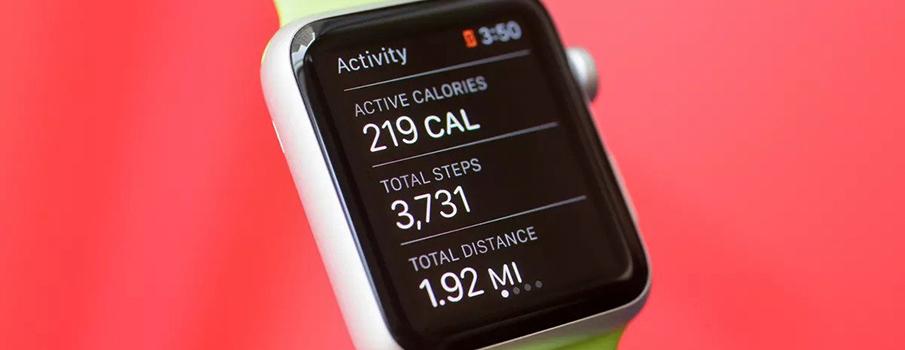A fitness tracker is a gadget that can be worn by an individual throughout the day to keep track of various body parameters.
Any wearable fitness tracker needs the person using it to input physiological details such as their weight, height, gender to help the tracker make better sense of the data that it collects.
This personalization helps in processing the data generated by the fitness tracker. There are a number of sensors which may be added to a tracker, but most commonly motion sensors are used to determine body movements.
How does a wearable fitness tracker measure steps?
A wearable tracker continuously senses the movements of the body on a 3 axis accelerometer. The data is recorded all the time it is worn and powered up, which enables the tracker to trace if the individual is walking forward, running fast, or even standing still.
All this data is stored in the tracker for further processing. Processing occurs when the data is transferred to the software associated with the fitness tracker on the smartphone or laptop with which it is synced.
Since the individual has already shared personal details with the software, the data collected is run through a personalized algorithm. This makes it possible for the software to detect what the different movements recorded actually imply.
It categorizes the movements into different activities and then generates more information based on these details. These are usually stored under different headings in the fitness tracker app.

When the individual taps the app a wide variety of information is available from the processed data, ready for reading. The app lets the individual know how many steps have been taken, at what speed, the pace of the individual, and even the number of calories likely to have been burnt. The app allows the individual to interact with the information in a user friendly manner.
How does a wearable fitness tracker help an individual?
A fitness tracker can help an individual in self-monitoring their activities. It helps in setting fitness goals such as meeting a basic regular exercise activity goal, burning a specific number of calories in the day, and even drinking a set number of glasses of water.
There are a number of options in the app. It can reinforce motivation by showing the individual exactly how much of a goal has been met. It is easy to use and very convenient to measure different parameters.
Think about it. An individual may have the goal of losing five pounds in a month. Now this goal is split up into different heads by the app using the algorithms available. There will be a target for calories to be consumed each day, as opposed to calories that need to be burnt.
The app will then figure out how much of each exercise needs to be done in the day. Now daily targets are available to the individual at a single swipe of the smartphone.
By meeting these targets the individual will eventually lose weight. The constant ability to monitor how much of a target has been met is a good motivator for the individual engaged in the weight loss process.
Add in the ability to share this progress on social media sites with their family and friends using the app. The constant positive attention and feedback is sure to help the individual stay the course till the target is achieved.
How do wearable fitness trackers help in scientific research?
Fitness trackers worn by individuals can also help in research studies being conducted on a larger number of people. The number of individuals who can be monitored in a laboratory is limited, but with the help of wearable fitness trackers the researchers can study the data collected for a much larger target group.
The alternative might be to rely on clinical interviews or activity logs kept by the volunteers – as some of this would be subjective information, it could be less accurate for analyses than the directly obtained data from fitness trackers.
The collection of the data would also be much faster as the whole process would be automated. There is some scope for error when using fitness trackers that use sensors. Before these trackers are used in actual experimental studies, they need to be validated and checked for reliability.
There will always be some margin of error that will need to be addressed in any scientific study. However using these wearable fitness trackers can make it easier to collect large amounts of data for research. The gadgets can revolutionize the way scientific fitness studies are conducted.
ISU researchers study accuracy of fitness trackers